In the ever-evolving landscape of medical science, mitochondrial transplantation therapy has emerged as a groundbreaking approach that could redefine how we treat energy-deficient cells. This innovative technique involves transferring healthy mitochondria to damaged cells, essentially providing them with a new power source to regain proper function. The implications of this therapy span across numerous diseases where cellular energy production is compromised.
The concept might sound like science fiction - taking the tiny power plants from healthy cells and transplanting them into failing ones - yet researchers have demonstrated its feasibility in both laboratory and clinical settings. Mitochondria, often called the powerhouses of the cell, play a crucial role in generating adenosine triphosphate (ATP), the molecule that carries energy within cells. When these organelles malfunction, the consequences can be devastating, leading to various degenerative diseases and aging-related conditions.
How does mitochondrial transplantation actually work? The process begins with isolating functional mitochondria from healthy donor tissue, typically obtained from the patient's own body to avoid immune rejection. These mitochondria are then purified and prepared for transplantation. The delivery methods vary depending on the target tissue, with techniques ranging from direct injection to specialized carrier systems that protect the mitochondria during transfer.
One of the most promising applications of this therapy appears in cardiovascular medicine. Researchers have successfully used mitochondrial transplantation to repair heart tissue damaged by ischemia - a condition where blood flow (and consequently oxygen) is restricted to part of the body. During heart attacks, cardiac cells suffer severe mitochondrial damage, leading to cell death and impaired heart function. Clinical trials have shown that transplanting healthy mitochondria can help these damaged cells recover, potentially reducing the extent of heart muscle damage following cardiac events.
The neurological field has also shown tremendous interest in this approach. Neurodegenerative diseases like Parkinson's and Alzheimer's are characterized by mitochondrial dysfunction in specific brain regions. Early-stage research suggests that mitochondrial transplantation could help rescue neurons that are struggling to meet their energy demands. While the blood-brain barrier presents a significant challenge for delivery, scientists are developing innovative methods to bypass this obstacle and get mitochondria where they're needed most.
What makes mitochondrial transplantation particularly exciting is its potential to address rare mitochondrial diseases. These genetic disorders, caused by mutations in mitochondrial DNA, can affect multiple organ systems and currently have limited treatment options. By introducing healthy mitochondria into affected cells, researchers hope to compensate for the genetic defects and restore normal cellular function. Pediatric cases might benefit especially, as early intervention could prevent the progression of these debilitating conditions.
The therapy's applications extend beyond treating diseases. In the field of aging research, scientists are exploring whether mitochondrial transplantation could counteract some effects of cellular aging. As we grow older, our mitochondria become less efficient and more prone to damage, contributing to age-related decline. Replenishing cells with fresh mitochondria might help maintain tissue function and vitality in aging individuals, though this application remains largely theoretical at present.
Despite the enthusiasm surrounding mitochondrial transplantation, significant challenges remain. One major hurdle involves ensuring the transplanted mitochondria survive and integrate successfully within recipient cells. The host cell must accept the new mitochondria and maintain them long-term for the therapy to be effective. Researchers are working on techniques to improve mitochondrial uptake and persistence, including optimizing delivery methods and pretreatment of recipient cells.
The immune system presents another consideration. While using a patient's own mitochondria minimizes rejection risk, there are still potential immune responses to address. Scientists are developing protocols to shield transplanted mitochondria from immune detection while ensuring they can still function properly within their new cellular environment.
Scalability and standardization of the procedure also require attention. Currently, mitochondrial transplantation is labor-intensive and requires specialized expertise. For the therapy to become widely available, researchers need to develop reproducible protocols that can be implemented across different medical centers. Automation and quality control measures will be crucial for making this treatment accessible to larger patient populations.
Looking ahead, the future of mitochondrial transplantation therapy appears bright but will require continued research investment. Ongoing clinical trials are evaluating its safety and efficacy across various conditions, while laboratory studies work to refine the technique and expand its potential applications. As our understanding of mitochondrial biology deepens, we may discover even more ways to harness these tiny powerhouses for therapeutic benefit.
Ethical considerations accompany this promising technology. The source of donor mitochondria, especially when considering allogeneic (from another individual) transplantation, raises questions that the medical community must address. Additionally, the potential use of mitochondrial transplantation for enhancement rather than therapy - such as boosting athletic performance - will likely spark debate as the technology advances.
From a practical standpoint, mitochondrial transplantation represents a paradigm shift in how we approach cellular energy disorders. Traditional treatments often focus on managing symptoms or slowing disease progression, whereas this therapy aims to address the root cause by restoring proper cellular function. This fundamental difference could lead to more effective and potentially curative treatments for conditions that currently have limited options.
The economic implications are also significant. While developing mitochondrial transplantation therapies requires substantial investment, successful treatments could reduce long-term healthcare costs by preventing disease complications and decreasing the need for ongoing supportive care. However, making these therapies affordable and accessible will be crucial for maximizing their public health impact.
As research progresses, we may see mitochondrial transplantation combined with other emerging technologies. Gene editing tools could potentially enhance donor mitochondria before transplantation, while nanotechnology might improve delivery precision. The integration of these approaches could lead to even more effective therapies with broader applications.
For patients suffering from mitochondrial disorders and energy-deficient conditions, this research offers new hope. The possibility of receiving functional mitochondria to revitalize their cells could transform lives that were previously limited by debilitating symptoms. While much work remains, the progress made so far suggests that mitochondrial transplantation therapy may soon move from experimental to mainstream medicine.
The journey of mitochondrial transplantation from laboratory curiosity to clinical reality illustrates the remarkable potential of innovative medical approaches. By focusing on the fundamental biology of cellular energy production, scientists have opened doors to treating diseases in ways previously unimaginable. As this field continues to evolve, it may well revolutionize our approach to numerous conditions rooted in cellular energy dysfunction.

By /Jul 2, 2025

By /Jul 2, 2025

By /Jul 2, 2025
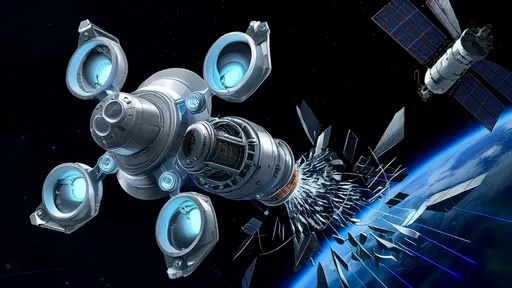
By /Jul 2, 2025

By /Jul 2, 2025

By /Jul 2, 2025

By /Jul 2, 2025

By /Jul 2, 2025

By /Jul 2, 2025
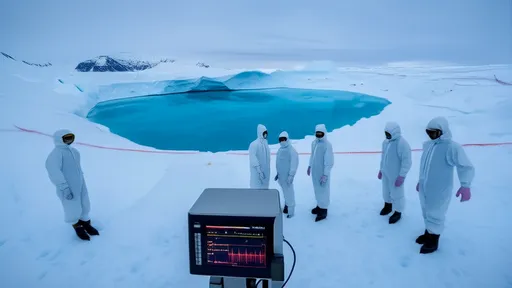
By /Jul 2, 2025

By /Jul 2, 2025
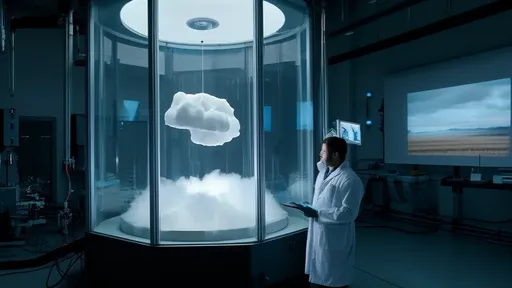
By /Jul 2, 2025

By /Jul 2, 2025
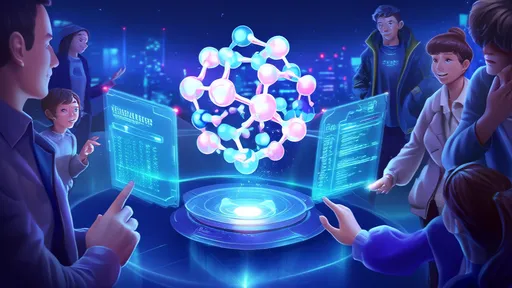
By /Jul 2, 2025
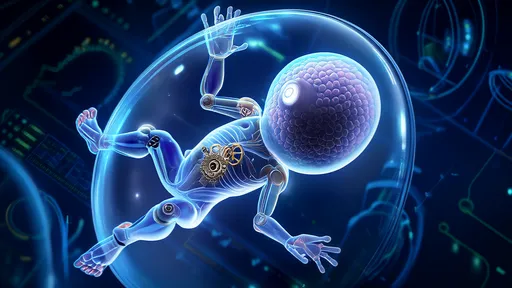
By /Jul 2, 2025
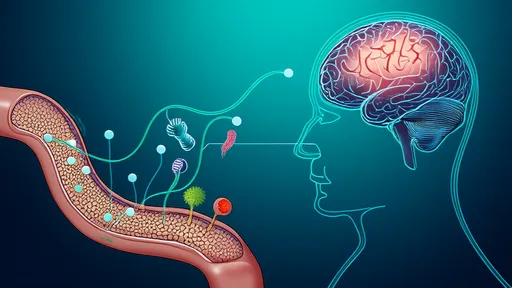
By /Jul 2, 2025
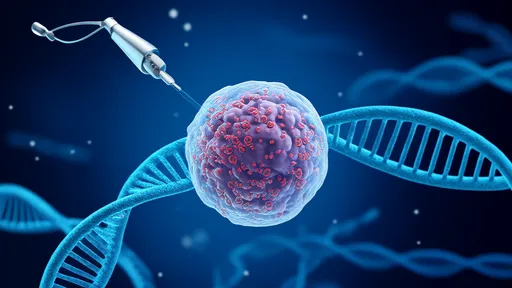
By /Jul 2, 2025
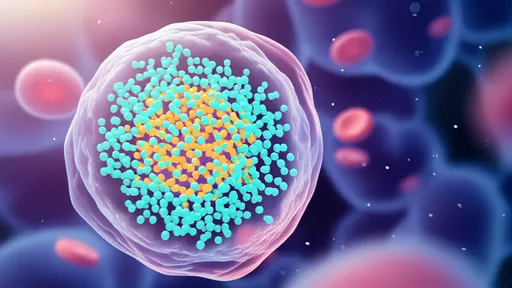
By /Jul 2, 2025

By /Jul 2, 2025
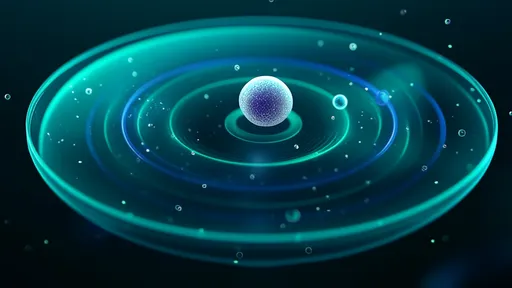
By /Jul 2, 2025